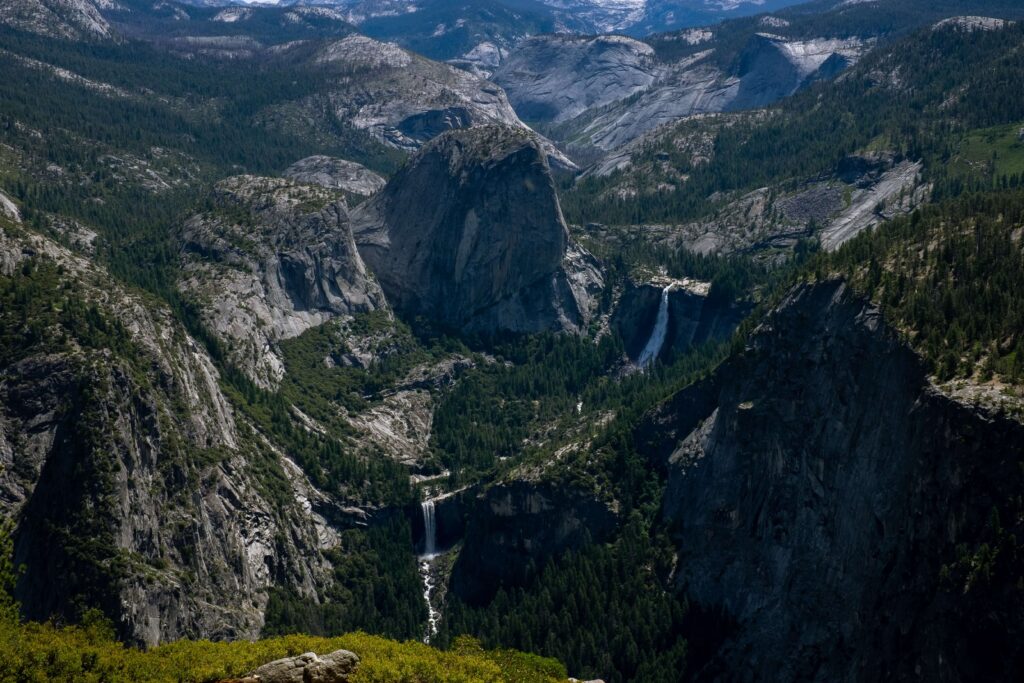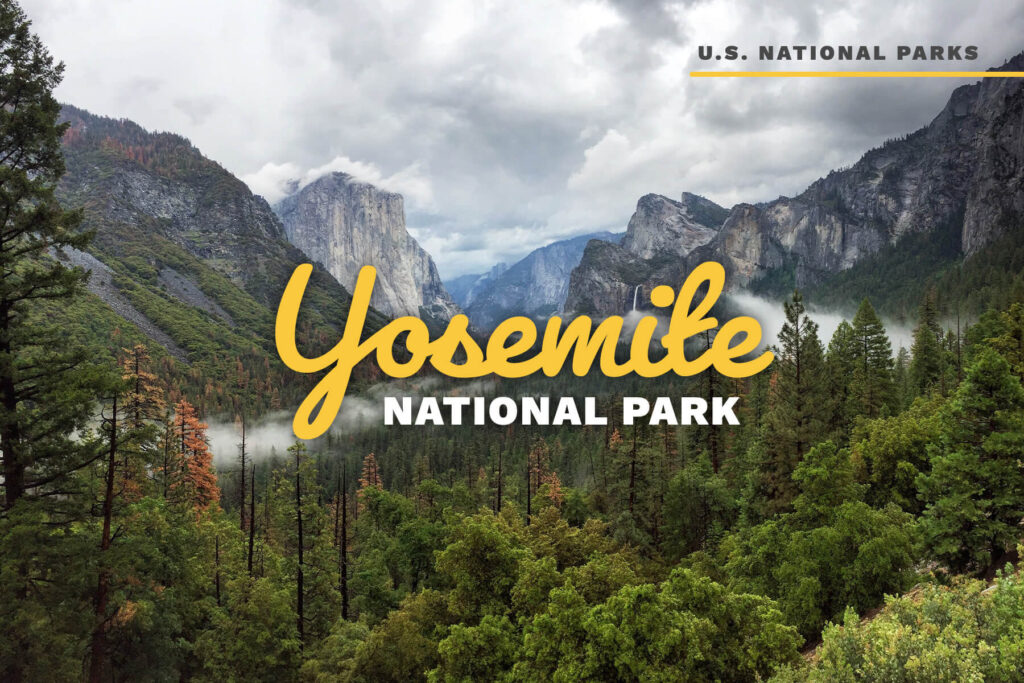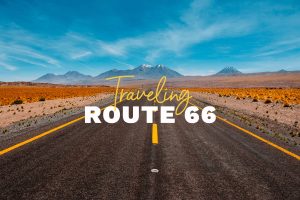Yosemite National Park is known for more than just the impressive granite rock formations. Visitors revel in pristine lakes, flowing waterfalls, dome rock formations, magnificent canyons, and so much more. The most iconic feature of Yosemite is Half Dome, one of the most challenging and treacherous hikes in the United States. Visitors to this park can look forward to encountering a variety of animals including bighorn sheep, black bears, grizzly bears, and peregrine falcons. If you and your family are looking for your next RV adventure, check out Yosemite National Park in California’s Sierra Nevada mountains!
Fast Facts
Yosemite Entrance Passes:
- For non-commercial, private vehicles, a 7-day pass costs $35 per vehicle and a motorcycle pass is $30 for seven days.
- Visitors can also purchase an annual park pass for $70 per vehicle or an ‘America the Beautiful – Annual Pass’ which is $80 and is honored at all federally-managed land units such as national parks, national forests, national monuments, and more. For more information on Yosemite entrance fees, reference the National Park Service.
Best Time to Visit:
- The best time to visit Yosemite National Park is May through September. Choosing to plan your visit during this time allows you and your family to avoid the majority of the year’s rain in Yosemite.
How Many Days To Plan For:
- Plan to stay around 3 to 4 days if you want to ensure you get the chance to see everything you want. Yosemite is close to Sequoia and Kings Canyon National Parks so you may also choose to extend your trip to visit these nearby parks.
Where to Stay:
- Lodging options within the park are managed by Yosemite Hospitality and range from deluxe hotel rooms to simple tent cabins. Reservations are available 366 days in advance and are strongly encouraged, especially from spring through fall and on holidays. Popular places to stay include The Ahwahnee, Yosemite Valley Lodge, Wawona Hotel, Curry Village, High Sierra Camps, and more.
Yosemite has 10 campgrounds that can accommodate RVs and trailers of various lengths. At Yosemite Valley, the maximum RV length is 40 feet and the maximum trailer length is 35 feet. For more information on Yosemite National Park’s RV Campgrounds, please check out the National Park Service website.
Pet Policy:
- If you choose to bring your pet to Yosemite, you must stay in developed areas and keep to paved roads and sidewalks. Pets are allowed in all campgrounds excluding walk-in campgrounds and group sites. Your pet must stay on a leash that is no longer than six feet and be accompanied at all times. To learn more about Yosemite’s pet policy, reference the National Park Service.
Park History
Located in the Sierra Nevada range in California, you will find Yosemite National Park. The beautiful landscape and distinct rock formations of this park result from interactions between glaciers and rock dating back to several million years ago. These formations throughout the park are some of the most recognizable national phenomena in the world. Although many of these features are made up of granite, the most abundant type of rock is igneous rock from past lava flows. The National Park Service was created in 1916 to ensure that Yosemite was being properly preserved, and by 1920 the campgrounds along the lakes and Wawona Tunnel had been completed to make travel to the park easier and accommodate larger numbers of visitors. When the Wilderness Act of 1964 was passed, parts of the park were elevated to a “highly protected” status to allow nature to flourish. Yosemite National Park is now over 125 years old and is the third oldest National Park in the United States.
Park Highlights
- Walk, or even bike, through a giant sequoia tree! When visiting Yosemite National Park, be sure to check out Tuolumne Grove. When this Sequoia tree first fell it stood 275 feet high and 21 feet in diameter at the base. The tree’s exact age is unknown but the estimated age is over 2,000 years old.
- Yosemite’s large granite rock formations glow like a fire during sunset. Sunlight plays amazing tricks along the rocks within Yosemite including illuminating El Capitan and Half Dome in gorgeous shades of yellow and orange. Horsetail Fall is famous for how it appears to be on fire when it reflects the glow of a sunset in mid-February.
- Yosemite National Park is home to one of the tallest waterfalls on the planet. Standing at 2,425 feet, Yosemite Falls is one of the tallest waterfalls in the world and is made up of three separate waterfalls: upper fall, middle cascades, and lower fall. This magnificent waterfall can be seen from several places throughout Yosemite Valley.
- There are over 400 species of animals. While visiting Yosemite National Park you might notice one of the many birds, mammals, reptiles, and amphibians that call this place home. The Sierra Nevada Red Fox was spotted for the first time in nearly 100 years roaming the high mountain elevations on a wildlife camera.
- Yosemite is the only National Park that has bid to host the Winter Olympics. Back in the early days of the park, visitors flocked to the area as a summer resort but many stayed away during the winter. This began to change in the 1920s when a new highway was finished and toboggan runs, an ice skating rink, and a sky jump were built. In the end, Lake Placid won the bid for the 1932 Winter Olympics, but winter sports remain popular at Yosemite still today.

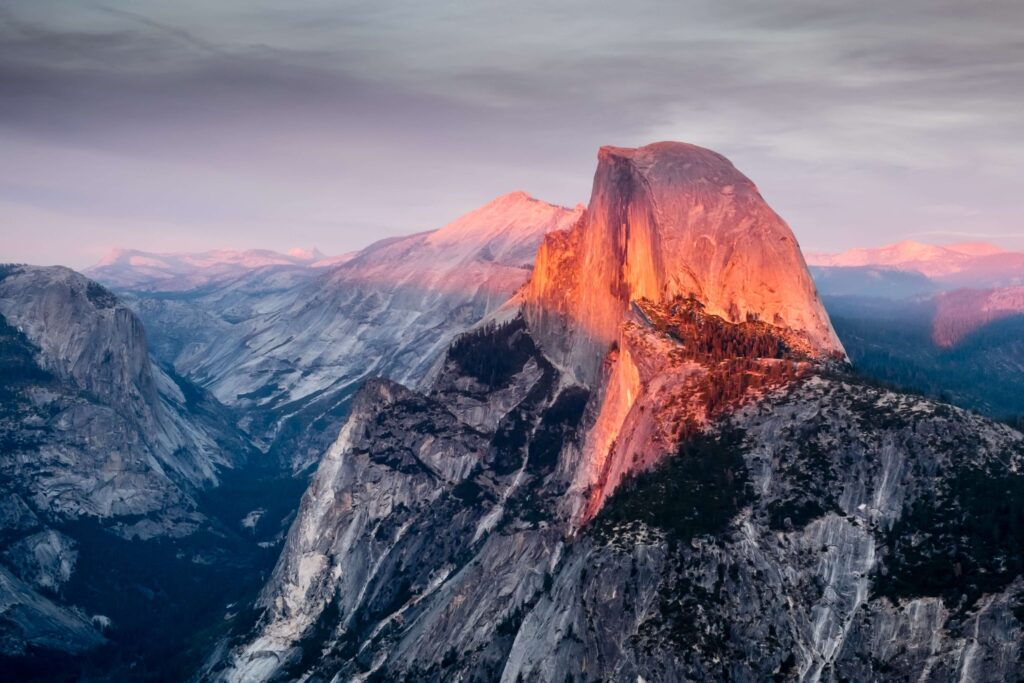
Things To Do
Half Dome
Rising nearly 5,000 feet above Yosemite Valley, Half Dome stands. This 14-16 mile hike is not for the weak as you hike through the heavy wilderness and gain 4,800 feet of elevation. Taking roughly 10-12 hours to complete on average, it is important you prepare beforehand to reduce your risk of danger and plan for a safe hike. A non-negotiable turnaround time is important to ensure that if you don’t reach the top by then, you turn around for safety. One of the most famous parts of this hike is the ascent up the cables. These cables allow hikers to climb the final 400 feet to the summit.
El Capitan
El Capitan’s granite walls dominate the view of Yosemite Valley’s west end. Standing at over 3,000 feet above the valley’s floor, this summit is more than twice the height of the Empire State Building. El Capitan is an amazing sight for visitors, a photographer’s muse, and one of the world’s ultimate challenges for climbers. This rock structure was recently brought into the limelight through a few films including Alex Honnold’s Freesolo. If you are looking to create your own stories like Alex Honnold, be sure to check out the Yosemite Mountaineering School which can give you a guide to help you.
Hiking Trails
From thundering waterfalls to the iconic Half Dome, one of the best ways to see and take in the beauty of Yosemite National Park is to step onto the trails and start a hike. Before heading out on the trail, be sure you pack the necessary supplies, wear comfortable shoes and dress in layers. Don’t forget to keep an eye out for wildlife!
Best Hikes in Yosemite National Park
- The Mist Trail (3 miles)
- Lower Yosemite Falls Trail (1 mile)
- Upper Yosemite Falls Trail (7.6 miles)
- Sentinel Dome Trail and Taft Point Loop (5.5 miles)
- Four Mile Trail (4.8 miles)
- May Lake Trail and Mount Hoffmann (2.4 miles)
- Mirror Lake/Meadow (2 miles)
Sequoia Trees
Within three groves in Yosemite National Park, you can find ancient giant sequoia trees. The most accessible grove throughout the spring and fall months is the Mariposa Grove which is near the park’s southern entrance, off Highway 41 (Wawona Road). The two smaller, less-visited groves are Tuolumne Groves and Merced Groves which can be found near Crane Flat. Tuolumne Grove is where visitors can look forward to walking through a giant, fallen sequoia tree estimated to be over 2,000 years old!
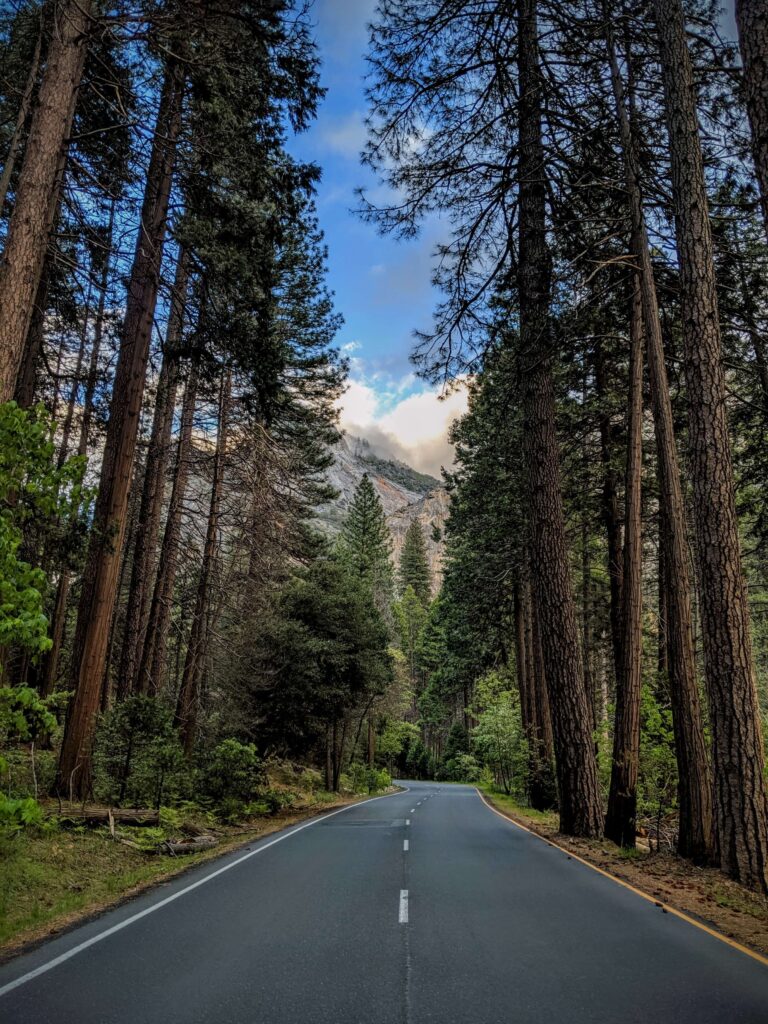
Waterfalls
When the snowy mountain peaks begin to melt, icy waters come rushing downstream bringing breathtaking waterfalls to life that thunder across the valley. April through June is usually the peak season for the park’s waterfalls. The Mist Trail is Yosemite’s signature waterfall hike featuring several amazing views along the way. and leads to Vernal Falls and Nevada Falls. The trail begins at a bridge overlook and progresses to two waterfalls, Vernal Fall and Nevada Fall, that combine a total of 900 feet.
